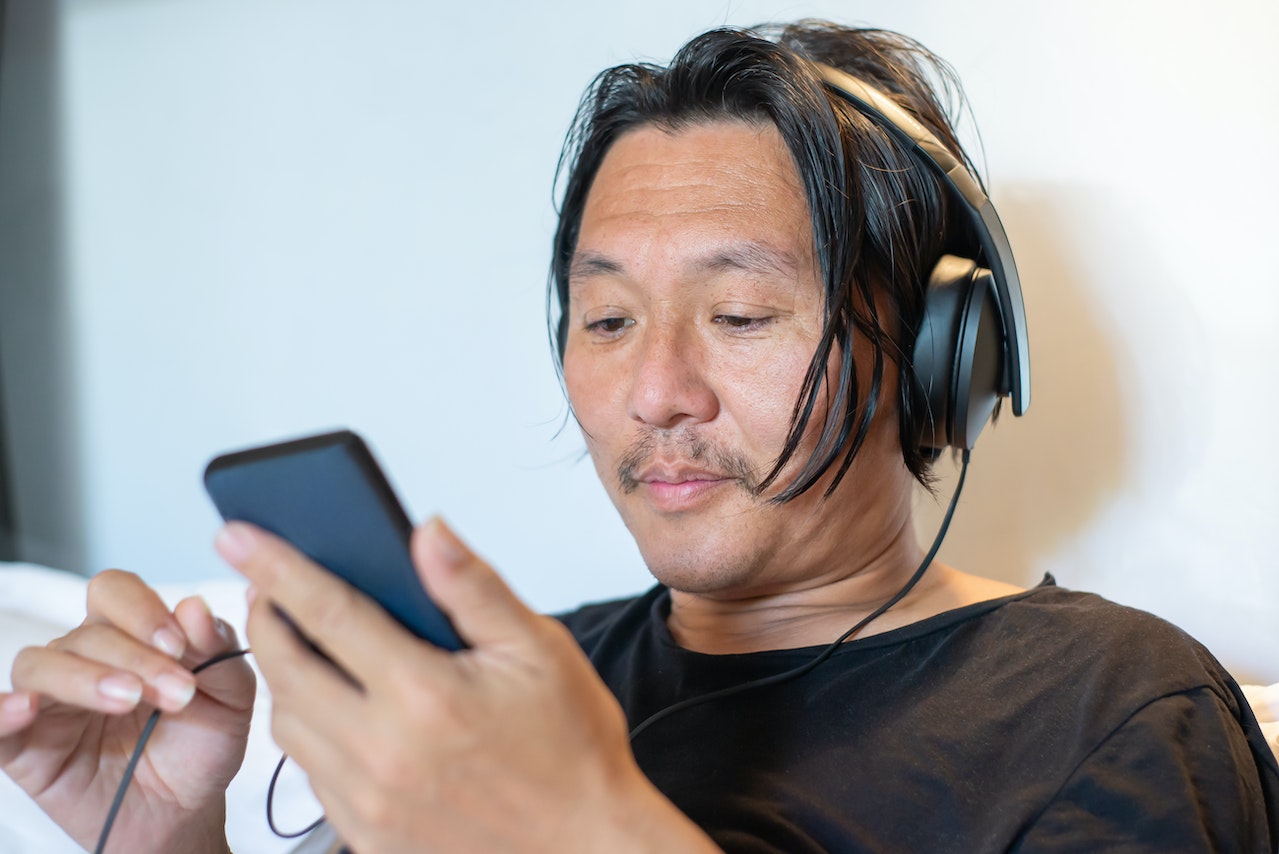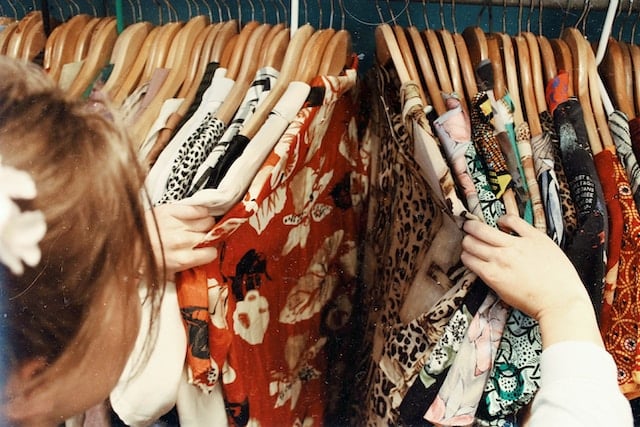Entertainment
Related articles:
I would like you to consider recording in costume.
Yes, in audio drama.
Yes, where the audience can’t see you.
Bear with me. When I say costume… there’s costume and there’s costume. I am neither suggesting that you arrive at the studio in full pirate king regalia nor that you don your cutlass and tricorn crown when you get there. For one thing, it is bad manners to make your colleague give way to your parrot.
What I am suggesting is that putting some thought into what you wear to a recording session is rewarding for three very practical reasons.
Comfort
Suitable clothing for audio drama allows you to do your job better, in a very literal way.
Be wary of clothing which stops your movement. A common misconception of acting in audio is that it is a very still occupation. The reality is that the more you can move in character, the easier you will find the actual performance. Fiction podcasts vary greatly in how much they expect and/or tolerate the actor wriggling about while the poor old microphone is trying to catch what they’re saying but, if it comes to a choice, always favour soft, loose clothes which allow you to move and breathe with ease.
Think also of what’s going on your feet. You might be stood in front of the mic for hours at a time. Airport security staff know how difficult this can be: they have special spongy floors to stand on. Not so the actor. Be kind to your toes.
If you record from a home studio, there is a reasonable chance that this studio doesn’t take up much space. It may be known by other names in its everyday context like ‘the wardrobe’ or ‘bedding’. If your studio is made of mattresses, blankets and hope, you might be twisting yourself into some uncomfortable positions to hold over a long period of time. And then it gets hot. Cramp and sweat are not necessary to give a good performance. Wear what you need to minimise these.
Acting is a craft job and craftspeople wear specific clothes (leather aprons, high-viz jackets, smocks!) for safety and comfort. As a craftsperson, identify your version.
Noise
Microphones are awful things. They hear everything. They even hear your clothes.
Be mindful of wearing anything that makes noise. Some fabrics rustle. Others squeak, or jangle. Avoid chainmail. Even if you are recording very level and close the mic with no extra space, give yourself the gift of flexibility. You will want to be able to move your script about and shift for comfort, not stand stiffly in place terrified that you’re going to ruin everything because you wore a windcheater.
Think too of accessories that clink. If you are in the habit of wearing a bracelet and watch on the same wrist, you might not know that they make a quiet noise when they come together. The microphone knows.
Sometimes, the same is true in reverse. Some productions record the foley in studio, trying to get as much of soundscape at the same time as the line. These ones will experiment with materials to surround you. Dedicated audio drama studios can come with a variety of floors so that your footsteps sound right. In these instance, jangle and creak to your heart’s content so long as you’ve spoken about it with your producer
Speaking of using costume to add value rather than remove issues, my favourite reason to use it in audio drama is for the actual acting.
Performance
Restriction
Have you ever thought about what happens when you put on a pair of shoes?
Shoes affect posture. The muscles of your ankles, calves, thighs, spine, neck and head are all influenced by how you hold your feet. What happens to these muscle groups when you swap high heels for flip-flops? The changes in tensions will affect the way you walk. A casual shoe will give a casual gait. A heavy shoe, a heavy gait. Think of the thundering stride of the Wellington boot and contrast it with the slipper-sock.
Your posture affects your breath. Your breath affects how you speak. Therefore, you speak differently in a platform boot than you do in an espadrille. If your main tool is your voice, this is important. So, everything else being equal, how do you choose your shoe for a recording?
Shoes do not exist in a vacuum. A fleecy boot is unhelpful on a Cypriot beach in July. On the other hand, rare is the guest to a January wedding in Glasgow who wears jelly sandals. But you know this. You instinctively know which shoes are appropriate for where. You have never once looked at a running track and wondered whether you should dig out your trainers or your Uggs. This is because you have built associations between the occasion and the shoe.
It’s not just shoes. Everything that you wear affects you. Different amounts and types of restriction change how you move in both small and large ways. Waistcoats and corsets add tension to your torso. Suit jackets restrain your shoulders. The thicker the glove, the clumsier the hand.
The clothing you choose before a recording session will affect the performance that you give.
This is very useful.
… and Opportunities
As we go through life in our different outfits - a gown here, a onesie there - we learn to associate those outfits with the occasion to which we wear them. Many people feel this powerfully when they get up in the morning; they have a sense of not being ready until they have switched from nightwear to daywear.
I experience this when I get up because I take my watch off before I go to sleep. So long as I am wearing my watch, as far as I’m concerned I have left the night space and arrived fully dressed at the day space.
The beautiful thing is that these associations work in reverse. Leather brogues give me a much more fastidious feeling than running shoes. Running shoes make me feel nimble and efficient. If I want to feel carefree, I take my watch off in the daytime. Your associations will be different to mine but the important fact is that you can use them to help bring yourself to different frames of mind.
Let’s say you are playing somebody particularly relaxed and informal. What clothing do you wear in your time off? What calms you down? Perhaps a t-shirt. Perhaps some tracksuit bottoms. Perhaps a well-starched shirt. We’re all different.
There are no right answers, only opportunities. Perhaps in this scene your character is wearing a blazer, in that other one you take it off. Costume on the radio may or may not work for you from a performance perspective, but it’s always worth a go. Particularly if you are coming back to a character after a long time away; having a dedicated outfit or that character can be a quick shortcut into that mindset.
If costumes for fiction podcasts does seem to you like an interesting way of working, you may now be tempted by that full pirate king regalia. Before you hit your nearest chandler, however, I suggest you first look in your wardrobe. What you don’t want to do is get in the way of production: the idea is to use and build useful associations, not have a murder mystery party.
So, unless your director requests it, that still means no to the cutlass. I’m sorry.
Besides, they clink.

